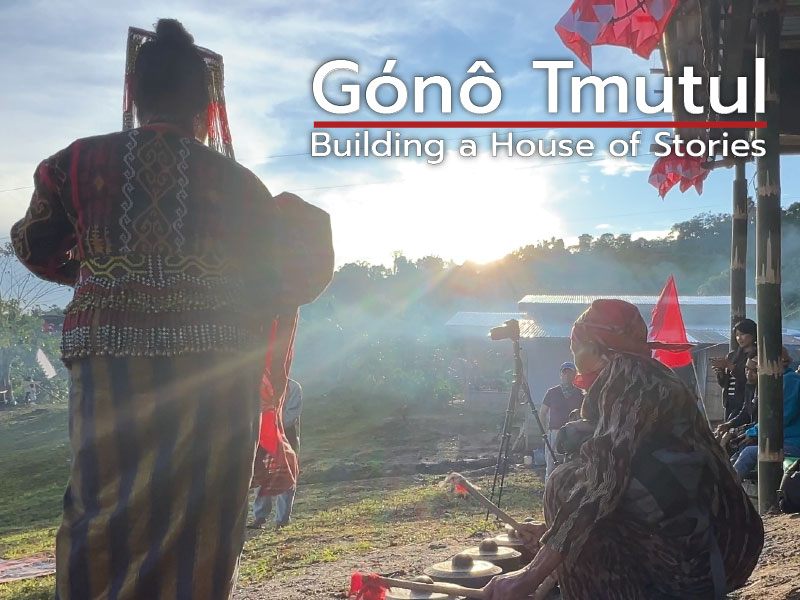work
Mapping Philippine Material Culture
This website that brings together Philippine objects in public institutions around the world in a visual, scholarly database. Our hope is that this project provides a rich field for academics, students, and curious aficionados and novitiates alike to study and contribute to the material diaspora that started some 500 years ago. philippinestudies.uk/mapping/

Gónô Tmutul: Building a House of Stories
In a repatriation story of collective kindness, a curator, a scholar and a schoolteacher guide Billie RIley, an Englishwoman who lived with a cultural community of Tboli people in the 1970’s, on an emotional journey to their ancestral home of Lake Sebu, Philippines to give back her collection of beautiful and sacred objects. Arkivox shot, directed, and editied this award-winning documentary. gonotmutul.org

Jaap Kunst Foundation
The Jaap Kunst Collection is a sound archive that encompasses recordings, photographs, silent films, and correspondences collected by the Dutch ethnomusicologist Jaap Kunst (1891-1960). This collection allows us to imagine how the Indonesian Archipelago sounded to the Dutch ethnomusicologist during colonial times. Arkivox designed the site and developed the database and underlying code for the site. jaapkust.org

Naskah Sumatra: Manuscript Cultures Where the Seas Converge
This project investigates three kinds of manuscript collections—the royal library of Palembang; libraries of private individuals in Aceh; and mosque libraries in Minangkabau—to rediscover the intellectual and literary culture of Sumatra in the 18th and 19th centuries. This is the initial site. Work to build the database and present it is ongoing.

Soundscapes of Empire
Part of the the Decolonising South East Asia Sound project, Soundscapes is a collection of BBC broadcasts in South East Asia. We hope to surface long lost recordings for future scholars looking to analyse information culture and its mechanics in the earliest days of international broadcasting.

The Life and Art of Elisa Tan
Elisa Tan was a Filipino-Chinese conceptual artist, and was a figure in the art scenes of New York and Paris from the ‘70s through the ‘90s. This site is part of an ongoing archive project that aims to become a catalogue raisonné of her entire career.

World War I: 100 Years, 100 Legacies
100 Years, 100 Legacies: The Lasting Impact of World War 1 was a project undertaken to mark the war's centenary. Bringing together journalists, filmmakers, designers, and engineers across WSJ's offices, it was the most popular page ever published by The Journal and is a site that continues to garner a broad range of interest from the general public. graphics.wsj.com/100-legacies-from-world-war-1/

The Terms of War
Released as a CD-ROM in 2000, the project documents the far-reaching destruction a single British industrialist named Nicholas Loney wrought by introducing sugar production into the economy of the Philippines in the 1850's. Rather than "telling" the story with images and a "narrator", Terms of War incorporated a 6 meter by 4 meter assemblage of every piece of archival material related to Loney. The viewer interacts with the piece by floating the mouse over this enormous collage of historical bits.
By connecting the flow of events to the movement of the mouse, the viewer's encounters with text pieces, audio clips and video sequences take on a structure of serendipity. It becomes a near synaptic experience of associative responses, an event pushed almost beyond mediation.
